Monster Hunter Wilds is the latest entry in a long-running RPG series. It’s the most approachable entry in the franchise yet. It may have lost some of its identity in the process of sanding down some of its more unique features, but the developers made that sacrifice in hopes of reaching a bigger audience.
Where have I heard this one before? Oh, right.
Dragon Age: The Veilguard is the latest entry in a long-running RPG series. It’s the most approachable entry in the franchise yet. It may have lost some of its identity in the process of sanding down some of its more unique features, but the developers made that sacrifice in hopes of reaching a bigger audience. And yet, The Veilguard and Wilds have experienced vastly different fortunes.
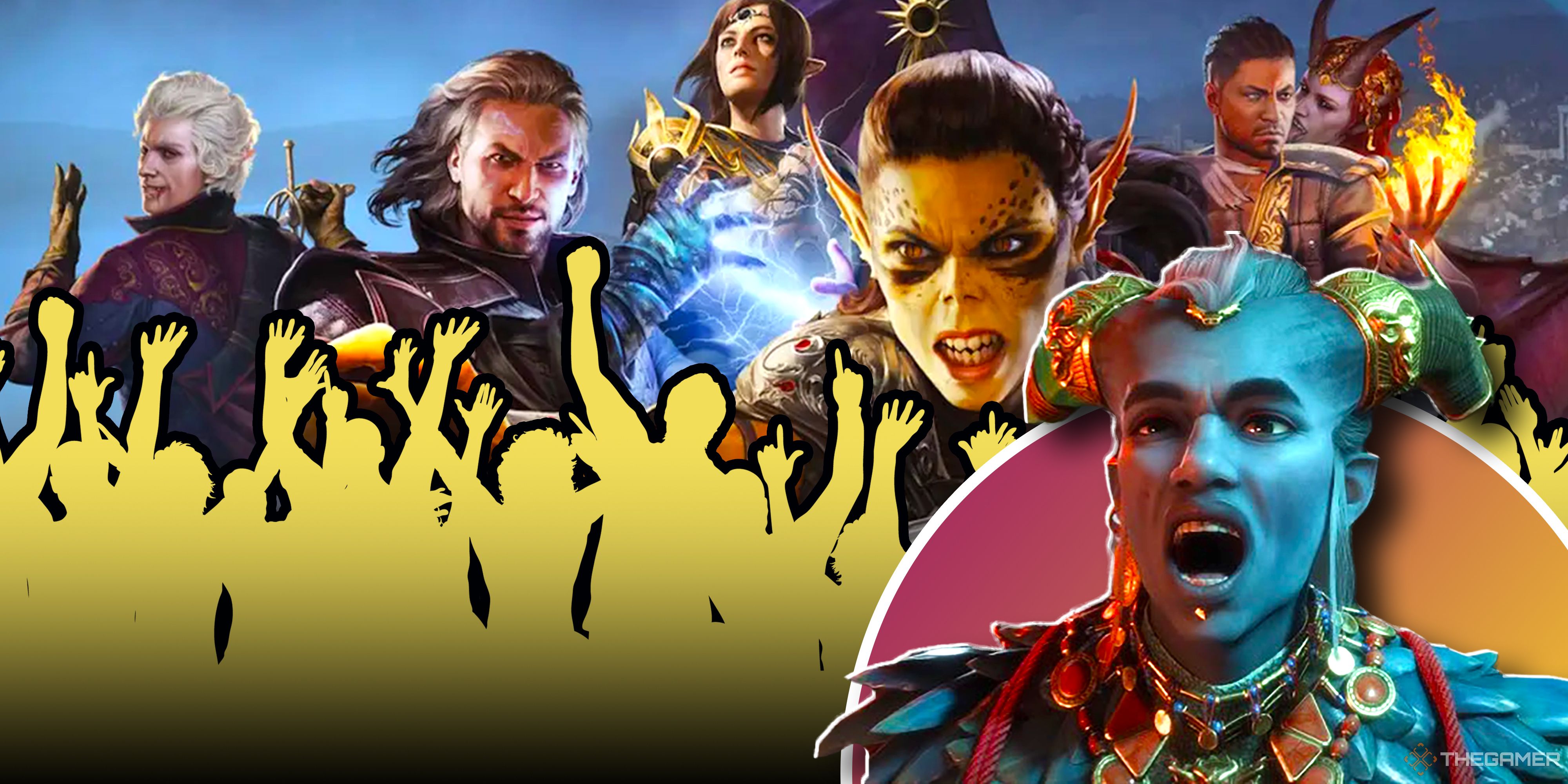
Related
Approachability For Me, But Not For Thee
Monster Hunter Wilds has been a huge hit, shifting eight million copies in its first three days, making it the fastest-selling game in Capcom history — beating the previous three-day record set by Monster Hunter World’s five million copy start. As I write this, Wilds is still the number one seller on Steam, and will likely be sticking around the top ten for quite a while. Though we don’t want to count our chickens before they hatch, it’s safe to say that the gambit worked. Capcom went after the audience that had been scared off by previous games’ unfriendly reputation and reeled them in, hook, line, and sinker, with a streamlined on-ramp, easier fights, and a greater emphasis on story and characters.
Dragon Age: The Veilguard, meanwhile, only managed to shift 1.5 million units in its first quarter. That low number was surprising, given that Veilguard enjoyed EA’s best single-player Steam release ever with 70,000 launch day concurrent players. But it seems like that strong debut was largely caused by the Dragon Age faithful showing up in huge numbers on the strength of love for the series and strong reviews. Once players actually got their hands on the game, though, the tides quickly turned and Veilguard was unable to break out into the mainstream.
Both games were attempting to grow beyond their established fanbases to reach a more mainstream audience, and delivered a somewhat watered down experience. So why did the strategy work so well for Monster Hunter and so poorly for Dragon Age?
Room To Shrink
The most straightforward answer is that Monster Hunter had a lot more rough edges to sand off. It’s a series that is known for its complex combat, esoteric multiplayer, and interlocking systems that aren’t always well-tutorialized. Monster Hunter Wilds still delivered on much of what the series is known for. As someone who has played a couple dozen hours of the previous games, but never dove especially deep, Wilds is very recognizable as Monster Hunter. The core loop is still there, it’s just contextualized a bit differently thanks to this entry’s greater emphasis on story and characters. Killing monsters, harvesting their parts, turning them into gear — that’s all still here, but with a better on-ramp, lower difficulty, and more narrative hooks.
The game also retains much of the series’ complexity. You still have a ton of weapon types that each take practice to master. There are multiple currencies you need to collect, crafting to engage with, and thoughtful combat to learn. The Veilguard’s problem was that Dragon Age was never as tough to understand as Monster Hunter. Origins had a lot of roleplaying depth and a detailed real-time-with-pause battle system, but the previous entries had already moved away from that by the time Veilguard rolled around.
Veilguard was streamlined in every way. It traded in Inquisition’s open-world for a level-based structure, and the levels were hyper-linear, leaving little room for exploration. The dialogue choices were superficial, allowing for little real roleplay. The combat was fun, but simple, action RPG fare, the series’ lore was pared back or ignored, and the companions were largely uninteresting. The game began life as a live-service game, and it shows in the lack of detail and depth given to the world. It feels like a place you would inhabit with a hundred other players, not like it was designed to react to your actions.
As BioWare remade Dragon Age into baby’s first RPG, Larian was stepping in with a crunchier take on the studio’s approach to design. Anyone who was disappointed to hear Veilguard had simplified too far could always just start a new Baldur’s Gate 3 playthrough. But Monster Hunter is basically the only game of its kind in town. The devs behind Dauntless, an indie competitor, announced that the game would shut down this May just a month before Wilds came out. If Monster Hunter is your favorite flavor, 90 percent Monster Hunter is better than no Monster Hunter at all.
Making a game more approachable isn’t a one-size fits all tactic. It worked for Monster Hunter because it had enough depth and market share to afford the streamlining. Dragon Age didn’t, and cutting too close to the bone may have killed the series.
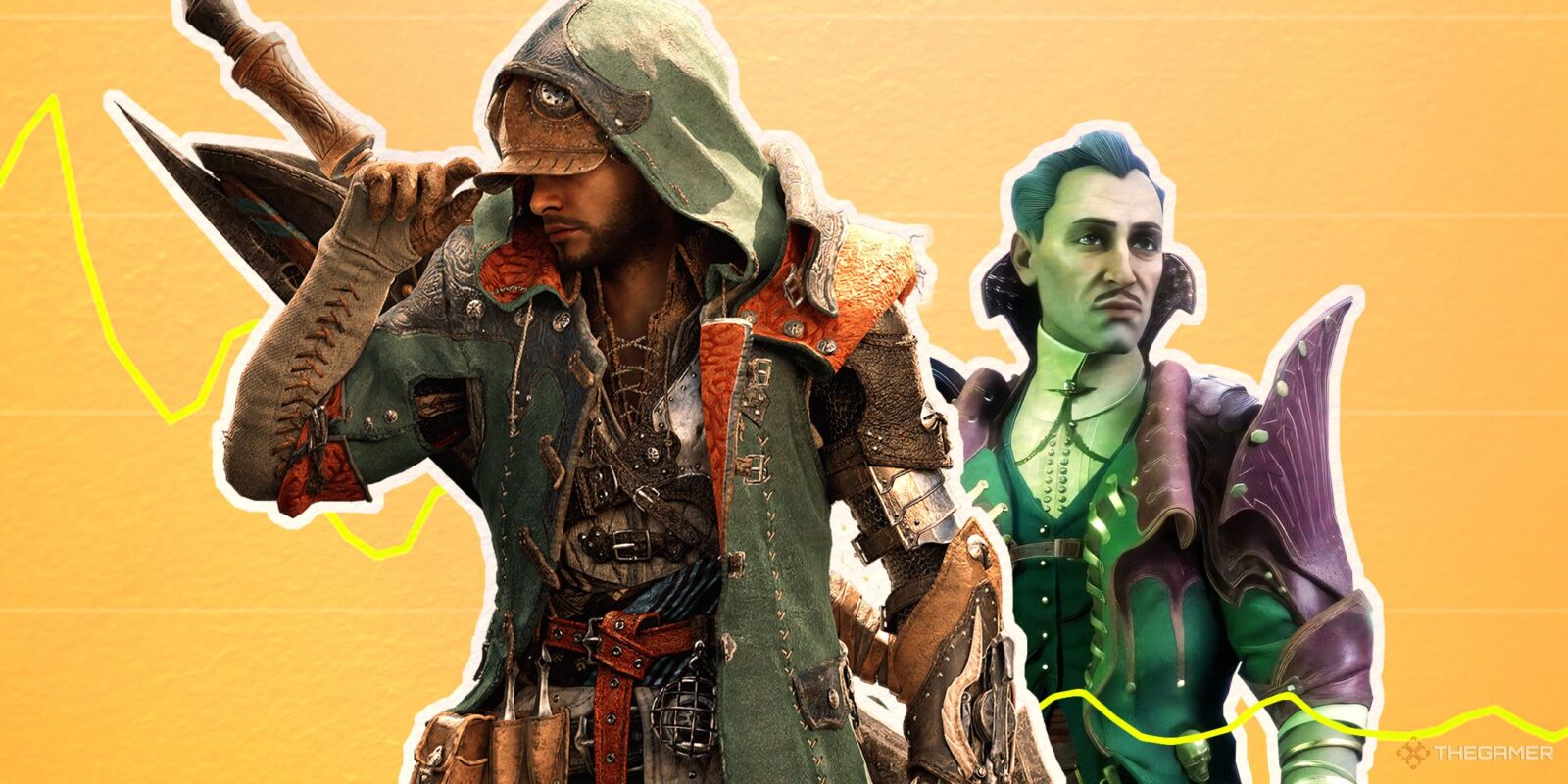
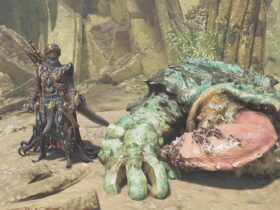
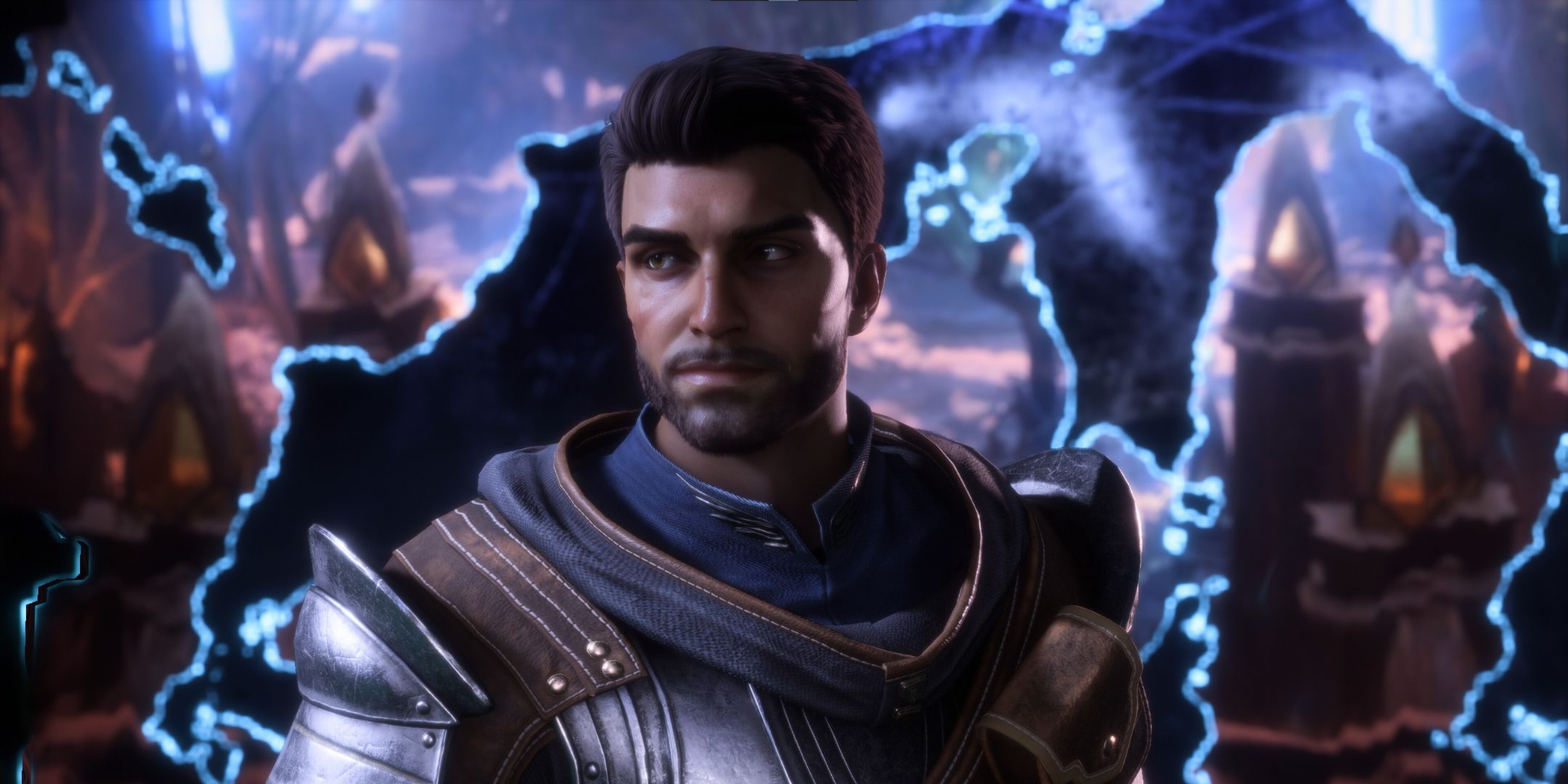
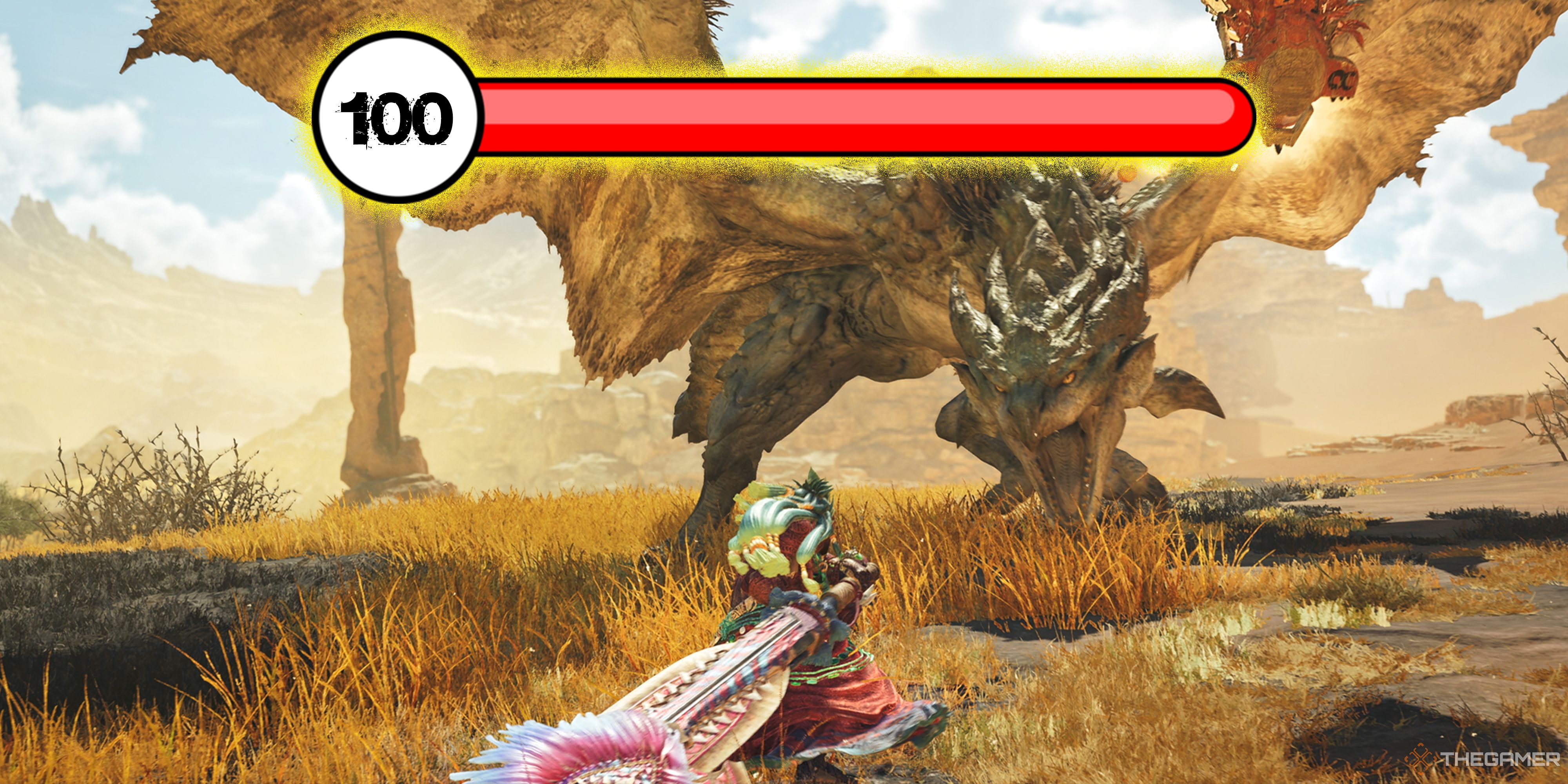
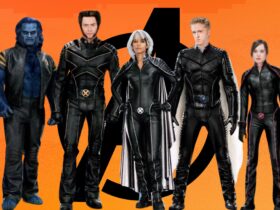

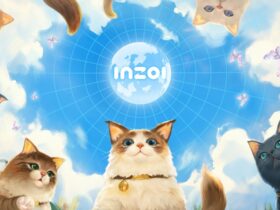
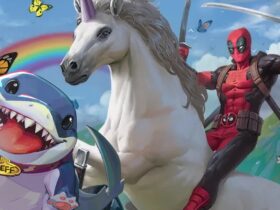


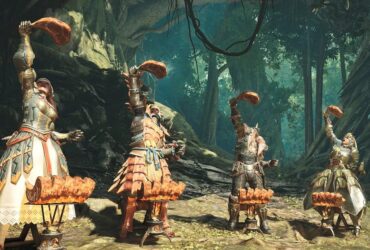

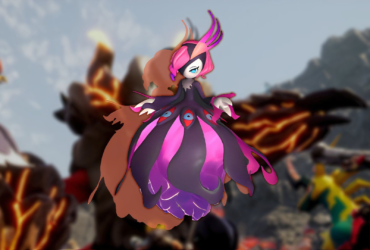
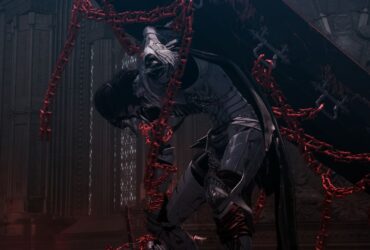
Leave a Reply